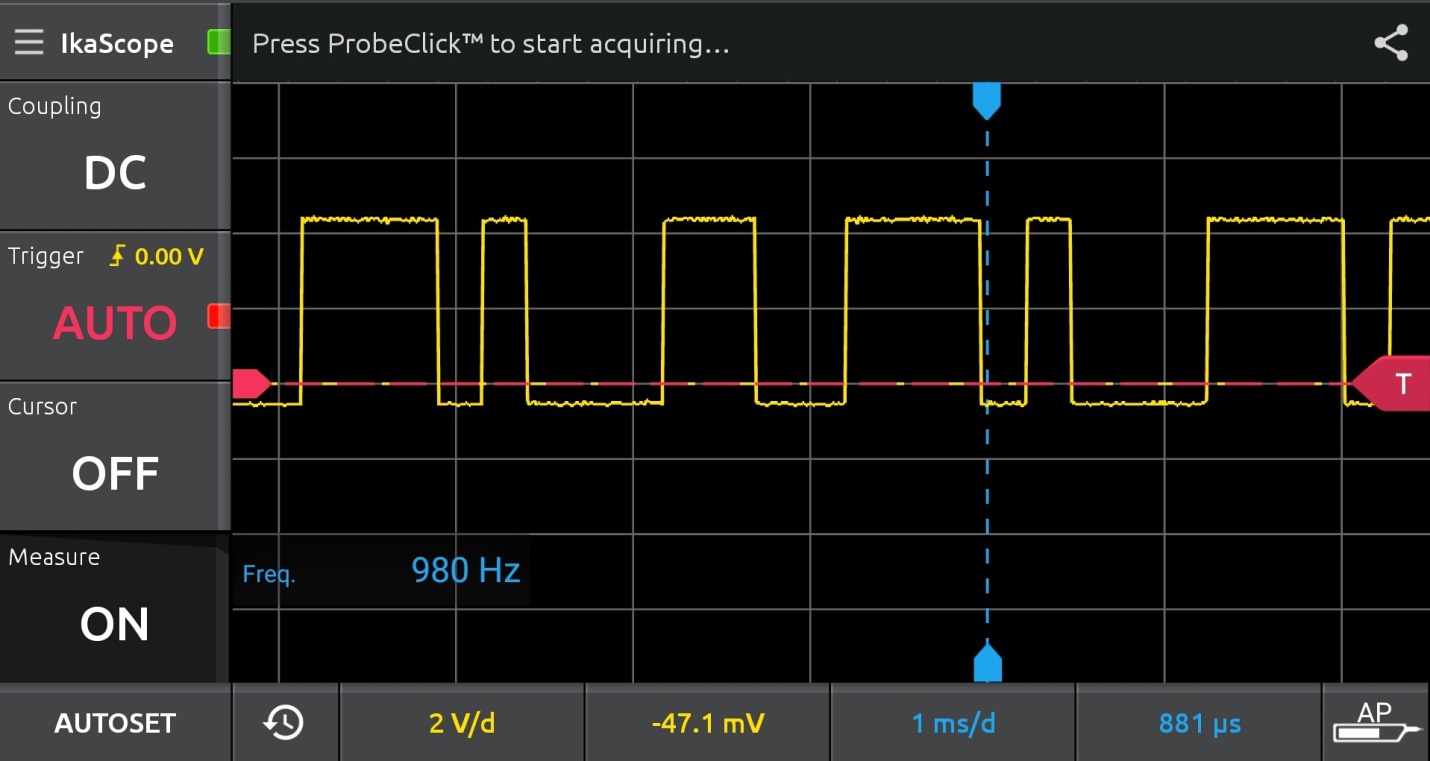

How to Generate PWM in 8051 Microcontroller ? Anyways, let's get started with the generation of PWM in the 8051 Microcontroller.

So, before reading this tutorial you must first read How to use Timer Interrupt in 8051 Microcontroller so that you understand the functioning of Timer Interrupt. But PWM is necessary so we are going to manually generate the PWM pulse using Timer0 interrupt. Similarly, PIC Microcontrollers also have PWM pins but unfortunately, the 8051 Microcontroller doesn't have this luxury means there are no special PWM pins available in 8051 Microcontroller. Most of the microcontrollers have special pins assigned for PWM as in Arduino UNO it has 6 PWM pins on it. Similarly, if the pulse is HIGH for 70% and Low for 30% then it has a duty cycle of 70%. Now if the pulse remains high for 50% and LOW for 50% then we say that PWM pulse has a duty cycle of 50%. The duty cycle shows the duration for which the PWM pulse remains HIGH. Another term important while studying PWM is named duty cycle. We take a pulse and then we modulate its width and make it small or big. PWM, as the name suggests, is simply a pulse width modulation. If you are working on Arduino then you should read How to use Arduino PWM Pins. Similarly suppose you wanna dim your LED light, again you are gonna use PWM pulse. Using PWM signal you can move your motor at any speed from 0 to its max speed. For example, you want to control the speed of your DC motor then you need a PWM pulse. It is used in those engineering projects where you want an analog output. PWM is an abbreviation of Pulse Width Modulation and is used in many engineering projects. In today's post, I am going to share How to generate PWM in 8051 Microcontroller. Each port is 8bit which configured as I/O port.Hello everyone, hope you all are fine and having fun with your lives. 8 pins are used for specific purposes and 32 pins are used as input/output to connect with the peripheral devices. 8051 consist 40pins contains four I/O ports. In this topic we learned how to use the input output ports of 8051.
#8051 pwm signal pro
We can burn it in microcontroller through Fly pro software and burner circuit. Now the hex file is created in the specified folder with “.hex” extension.
#8051 pwm signal code
If our code is correct then there will be no errors. By clicking this button our program will start compilation and give the compilation results at bottom output window.

We can also choose Project << Rebuild all target files. Just click on the “Rebuild all target files” from tool bars.

#8051 pwm signal install
First of all download the Keil µVision 5 setup and install the following instructions.


 0 kommentar(er)
0 kommentar(er)
